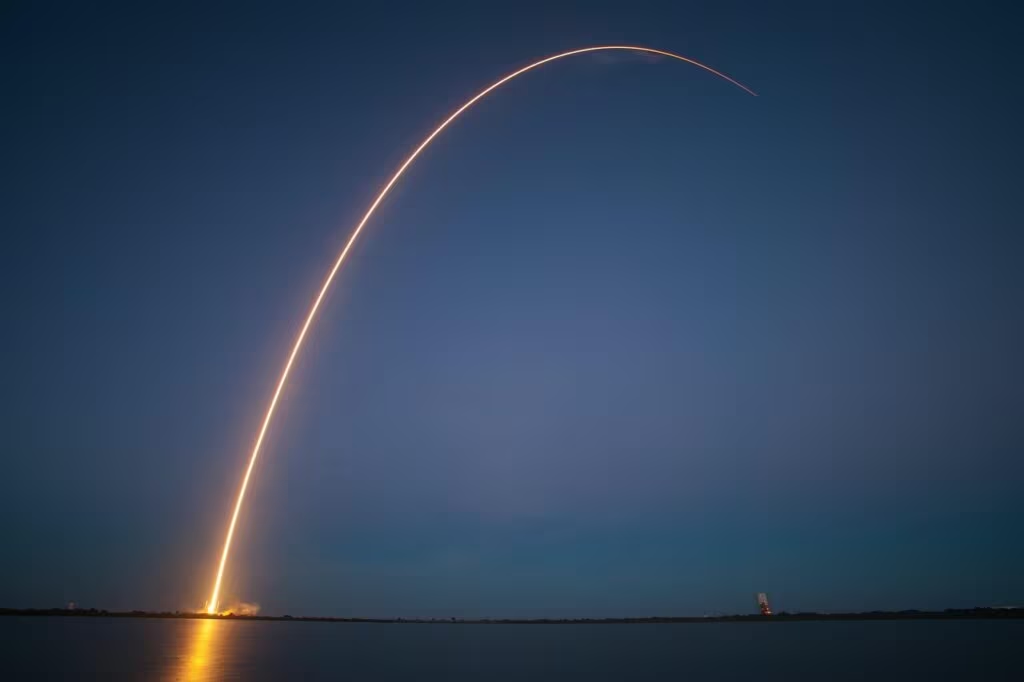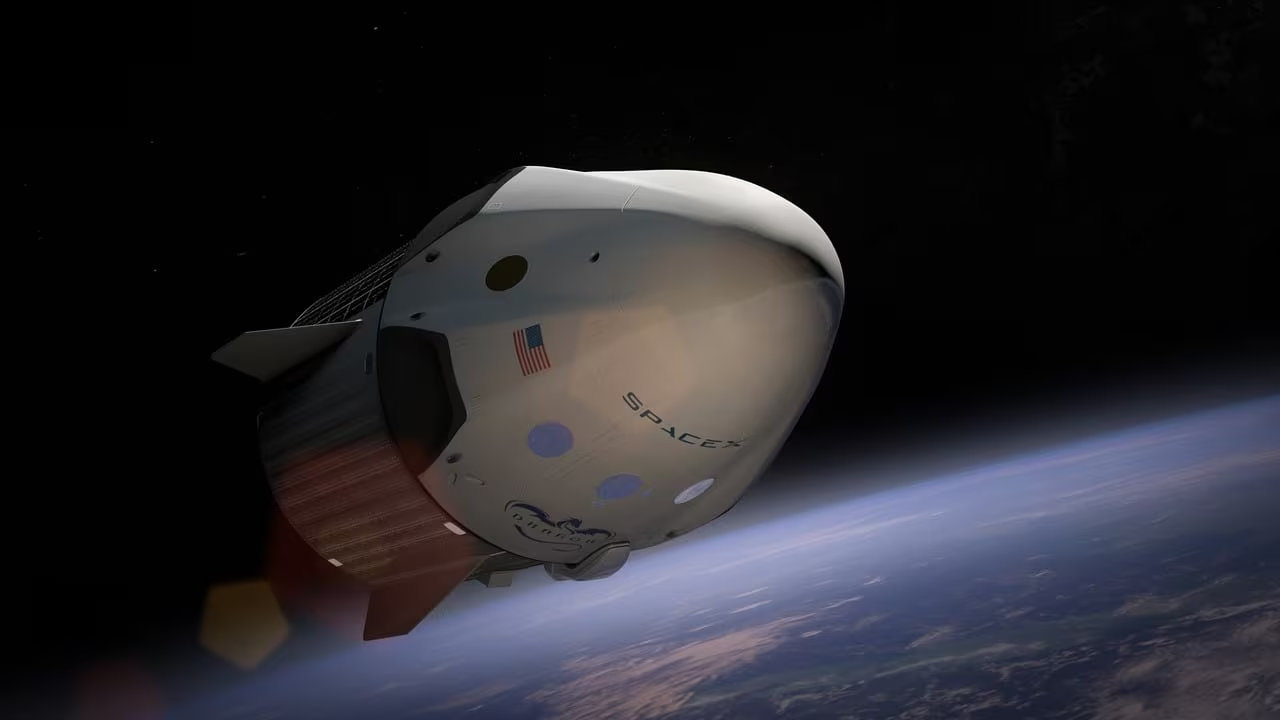The Final Frontier: Sending Cremains on a Deep-Space Trajectory

In the rapidly expanding commercial space sector, one company is pioneering a service that blends human emotion with interplanetary ambition: Celestis. Known as a leader in memorial spaceflights, the company has publicly stated its long-term goal of launching human remains—specifically, a symbolic portion of cremated ashes, or cremains—on a trajectory toward Mars, aiming to be the first to achieve this extraordinary feat.
While the concept of a Martian burial captures the imagination, the reality of executing such a mission involves overcoming profound technological, financial, and regulatory obstacles. This endeavor is not merely a launch; it is a complex deep-space mission requiring a partnership with a major space agency or a highly capable commercial entity.
The Ultimate Memorial: How Martian Flights Work
Celestis offers several tiers of space burial services, ranging from Earth orbit missions to lunar voyages. The proposed Mars mission represents the pinnacle of these offerings, placing the cremains on an escape trajectory that will eventually intercept the Red Planet, either by orbiting it or impacting the surface.
For a Mars mission, the remains are encapsulated in small, personalized modules, often about the size of a lipstick tube. These modules are then integrated as secondary payloads onto a larger, primary spacecraft—likely a Mars orbiter or lander mission being undertaken by NASA, ESA, or a private company like SpaceX.
The Cost of Interplanetary Remembrance
While specific pricing for a confirmed Mars mission is proprietary and highly dependent on securing a launch partner, Celestis’s services are generally premium. Their current deep-space missions (like those aimed at the Moon or deep space) typically start in the tens of thousands of dollars. A Mars trajectory flight would undoubtedly command a significantly higher price point, reflecting the immense engineering complexity and rarity of the launch opportunity.
Establishing Expertise: Celestis’s History in Space
Celestis is not new to the space industry; the company has been operating for decades, establishing a track record that lends credibility to its ambitious Mars plans. Their experience demonstrates the viability of integrating small memorial payloads onto larger missions.
Key Celestis Missions and Precedents:
- Earth Orbit Missions: Celestis has conducted numerous successful missions placing cremains into low Earth orbit (LEO) or higher orbits, where they remain until atmospheric reentry.
- Lunar Missions: The company has successfully sent cremains to the Moon, including portions of the remains of Star Trek creator Gene Roddenberry and his wife, Majel Barrett Roddenberry, establishing a precedent for placing human artifacts on other celestial bodies.
- Deep Space Missions: Celestis has also launched payloads into deep space, placing them on trajectories that leave the Earth-Moon system and enter the solar system, providing experience with the necessary propulsion and navigation required for interplanetary travel.
“We are continuing the tradition of exploration and memorialization,” a Celestis representative might state. “The Mars mission is the natural extension of our commitment to offering the ultimate journey for those who dreamed of space.”
The Martian Hurdle: Feasibility, Logistics, and Planetary Protection
The gap between launching remains into Earth orbit and sending them to Mars is vast, defined by fundamental physics and strict international protocols.
Securing a Ride
Interplanetary missions are rare, expensive, and reserved for high-priority scientific or national objectives. Celestis’s success hinges entirely on securing a slot on a primary mission, which typically involves years of negotiation and compliance with stringent technical requirements. The launch vehicle must possess the necessary delta-v (change in velocity) capability to achieve a Mars transfer orbit, a feat only accomplished by a handful of rockets globally.
Planetary Protection Protocols
Perhaps the most significant regulatory challenge is Planetary Protection. Governed by the Outer Space Treaty and enforced by organizations like NASA and the Committee on Space Research (COSPAR), these protocols aim to prevent biological contamination of other worlds. The concern is that terrestrial microbes could hitch a ride and potentially interfere with the search for indigenous life on Mars.
While cremated remains are sterile (having been exposed to extreme heat), the capsule and the integration process must adhere to strict sterilization standards (Category IV requirements for Mars missions). Any mission carrying human remains must prove that the payload poses zero risk of biological contamination to the Martian environment.

Ethical and Cultural Considerations
The idea of placing human remains on Mars raises complex ethical and cultural questions that extend beyond engineering.
- Cultural Sensitivity: Some argue that placing human remains on a pristine celestial body, even a sterile portion, could be seen as a form of cultural or biological colonization, potentially violating the spirit of the Outer Space Treaty.
- Future Exploration: As humanity plans crewed missions to Mars, the presence of memorial payloads could become a point of contention regarding the use and preservation of the Martian environment.
- Symbolism vs. Science: For Celestis clients, the mission is deeply symbolic. For scientists and regulators, the priority remains the preservation of the planet for scientific study.
Currently, there are no specific international laws prohibiting the placement of sterile human remains on Mars, provided all planetary protection guidelines are met. However, the debate surrounding the long-term implications of space memorialization continues to evolve as technology advances.
Key Takeaways: The Mars Memorial Mission
For readers interested in the intersection of space commerce and human remembrance, here are the critical points regarding Celestis’s Mars ambitions:
- The Goal: Celestis aims to be the first company to send a symbolic portion of cremated human remains to Mars.
- The Mechanism: Cremains are placed in small, sterile capsules and integrated as a secondary payload on a primary deep-space mission.
- The Precedent: Celestis has a proven track record of successful orbital and lunar memorial flights, demonstrating technical capability.
- The Challenge: The mission is contingent upon securing a launch opportunity on a major Mars-bound spacecraft, which are rare and expensive.
- The Hurdle: Strict international Planetary Protection protocols must be met to ensure the remains and capsule do not contaminate Mars with terrestrial microbes.
What’s Next for Interplanetary Memorialization?

As of 2025, the timeline for Celestis’s Mars mission remains fluid, tied directly to the schedules of major space agencies and commercial providers like SpaceX, which are developing the heavy-lift capabilities necessary for Martian voyages. While the dream of a Martian resting place is technically feasible, the realization of this service will serve as a powerful indicator of the maturity of the commercial deep-space sector and the evolving regulatory landscape governing human activity beyond Earth orbit. The success of this endeavor will mark a new era where the final journey for some begins not on Earth, but among the stars.
Original author: Jeff Spry
Originally published: November 7, 2025
Editorial note: Our team reviewed and enhanced this coverage with AI-assisted tools and human editing to add helpful context while preserving verified facts and quotations from the original source.
We encourage you to consult the publisher above for the complete report and to reach out if you spot inaccuracies or compliance concerns.

